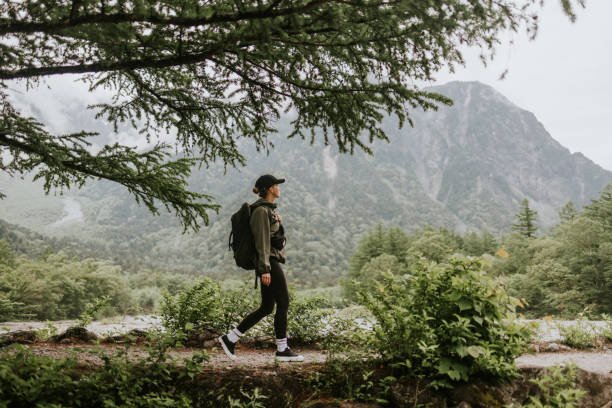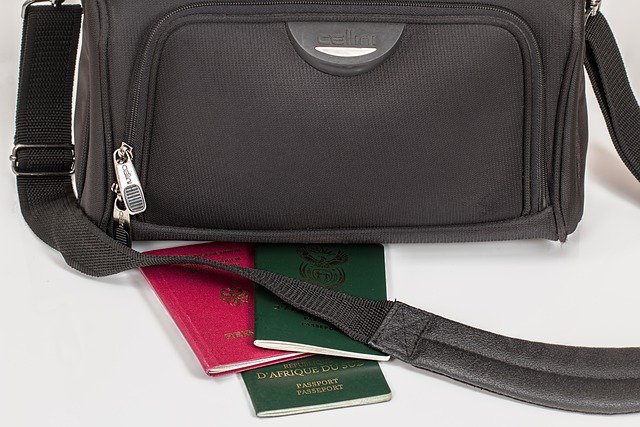Navigating the labyrinth of visa applications can often feel overwhelming, especially when it comes to planning your journey to India. For Canadian citizens, understanding the nuances of securing an Indian visa is not just important—it’s essential for a seamless travel experience. This guide will illuminate the various visa types available, outline key requirements, and provide a step-by-step approach to streamline your application process. Whether you’re a first-time traveler or a seasoned globetrotter, avoiding common pitfalls and following expert tips will ensure your adventure in India begins without a hitch.
1. Introduction: The Importance of Securing Your Indian Visa for Canadian Citizens
Securing an Indian visa is a crucial step for Canadian citizens planning to travel to India. The process, while straightforward, requires attention to detail to ensure a smooth experience. First, familiarize yourself with the various types of visas available, such as tourist, business, or student visas, as each serves different purposes and has distinct requirements. Accurate documentation is vital; ensure you have a valid passport, recent photographs, and any additional paperwork pertinent to your visa type.
When applying online, double-check all entries to avoid common pitfalls like incorrect information or missing documents, which can delay approval. Utilize the official government website for the most reliable information and guidelines. Additionally, consider the processing time; it’s wise to apply well in advance of your travel date. Following these steps can significantly enhance your chances of a hassle-free visa approval, letting you focus on the exciting experiences awaiting you in India.
2. Understanding the Types of Indian Visas Available for Canadian Citizens
When exploring the various types of Indian visas available to Canadian citizens, it’s vital to recognize the specific options tailored to your travel needs. The most common INDIAN VISA FOR CANADIAN CITIZENS genres include tourist, business, and student visas, each designed to accommodate distinct purposes. For instance, a tourist visa allows for leisure travel, while a business visa facilitates commercial activities in India. Moreover, students pursuing education in Indian institutions must apply for a student visa, which often requires additional documentation and proof of enrollment.
It is also crucial to note that each visa type has specific validity periods and conditions that must be adhered to. Understanding these nuances not only aids in selecting the appropriate visa but also ensures a smoother application process. Therefore, thorough research on the characteristics and requirements of each visa type is highly recommended to avoid any delays or complications during your travel preparations.
3. Key Requirements for Obtaining an Indian Visa for Canadian Citizens
When seeking an Indian visa, understanding the key requirements is crucial for a seamless experience. Canadian citizens must first have a valid passport with at least six months of validity remaining and at least two blank pages for visa stamps. Additionally, applicants need to provide recent passport-sized photographs that meet specific guidelines, ensuring compliance with Indian regulations. It’s important to accurately fill out the online visa application form, paying close attention to details, as discrepancies can lead to delays or denials.
Moreover, applicants should prepare necessary documentation, including proof of travel plans, accommodation details, and financial stability. Depending on the type of visa sought—tourist, business, or student—additional documents may be required to support the application. Finally, ensure that the visa fee is paid in accordance with the chosen visa category and processing speed. By meticulously gathering these elements, Canadian citizens can enhance their chances of obtaining their Indian visa without unnecessary complications.
4. Step-by-Step Guide to the Application Process for an Indian Visa
Navigating the application process INDIAN VISA AIRPORTS FOR ENTRY can seem overwhelming, but breaking it down into manageable steps simplifies the journey significantly. Begin by identifying the type of visa you need, whether it be for tourism, business, or other purposes. Once you’ve determined the appropriate category, gather the necessary documentation, including your passport, photographs, and proof of travel plans. Submit your application through the official online portal, ensuring all fields are accurately completed to avoid delays. After submission, keep track of your application status through the provided tracking system.
If required, be prepared for an interview at the embassy or consulate, where additional information about your travel intentions may be requested. Paying attention to timelines is also crucial; applying well in advance will help you avoid last-minute complications. By following these structured steps diligently, you can enhance the likelihood of a smooth approval process for your Indian visa.
5. Common Mistakes to Avoid When Applying for an Indian Visa for Canadian Citizens
When applying for an Indian visa as a Canadian citizen, avoiding common pitfalls can significantly enhance your chances of approval. One frequent error is not double-checking the visa type required for your specific travel purpose, leading to unnecessary delays. Providing incomplete or inaccurate personal information can also result in rejection; ensure all data matches your official documents. Additionally, overlooking the importance of proper passport validity—most visas require at least six months of validity beyond your planned stay—can hinder your application.
It’s advisable to keep track of visa processing times and apply well in advance, as last-minute submissions often lead to rushed mistakes. Another critical aspect is failing to pay the correct visa fee or misunderstanding the payment methods accepted. By being mindful of these common errors and preparing thoroughly, you not only streamline your application process but also increase the likelihood of obtaining your visa smoothly and efficiently.
6. Tips for a Smooth Visa Approval Experience
To ensure a seamless visa approval experience, attention to detail is paramount. Begin by meticulously reviewing the documentation required for your visa type. Ensure that all forms are completed accurately, as even minor errors can lead to delays or rejections. It’s advisable to gather all supporting documents in advance, such as proof of travel plans, financial statements, and a valid passport. Additionally, consider applying well ahead of your intended travel date to account for any unforeseen processing times.
Keep an eye on official announcements regarding visa policies and requirements, as they can change frequently. Utilizing online resources or consulting with professionals familiar with the Indian visa process can further streamline your application. Practicing patience during this process is equally important; timely follow-ups can help in tracking application status. By taking these proactive steps, you can significantly enhance your chances of obtaining an Indian visa without unnecessary complications.
7. Conclusion: Successfully Navigating the Indian Visa Process as a Canadian Citizen
Understanding the necessary steps for obtaining an Indian visa can significantly ease your travel experience. Canadian citizens must be aware of the specific criteria that apply to their applications. First and foremost, it’s important to select the correct type of visa based on your travel purpose—be it tourism, business, or study. Ensure your passport is valid for at least six months beyond your intended stay, as this is a common requirement.
Gather all supporting documents, such as photographs and proof of financial stability, to enhance your application. Submitting the application online can streamline the process, followed by a visit to the consulate if required for biometrics. Be meticulous when filling out forms, as errors may lead to delays or rejections. Additionally, staying updated on processing times can help in planning your trip effectively. Taking these factors into account can pave the way for a smooth visa approval journey.


